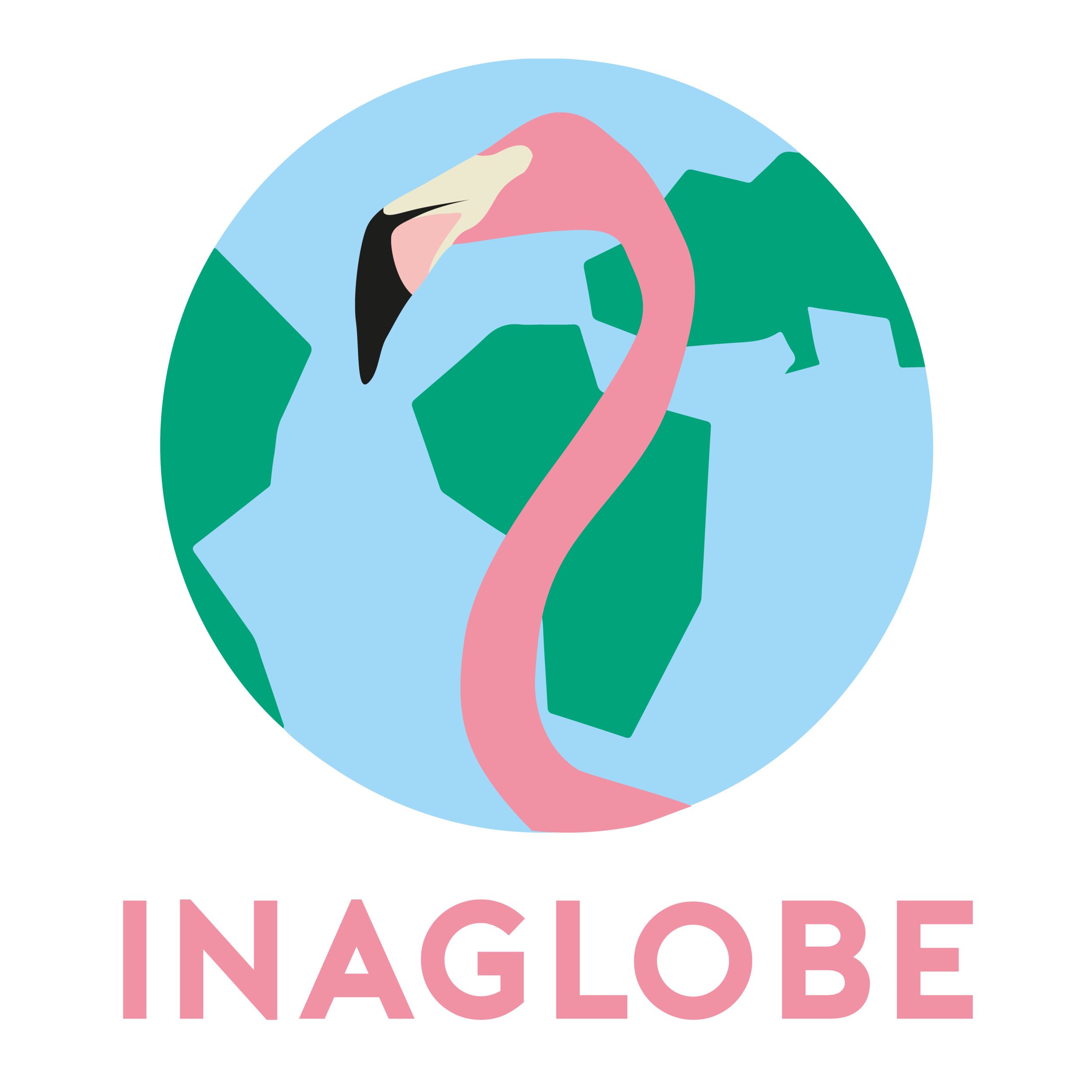Tackling visual impairment by democratising literacy
Visual impairment comprises conditions that affect 2.2 billion people globally as estimated by the World Health Organisation. Amongst these, approximately 250 million people globally have moderate-to-severe visual impairment (MSVI), plus an additional 45 million who are completely blind and in need of the greatest support in their daily activities. Population growth and an aging population will increase the number of people with an eye condition and vision impairment in the coming decades, and with them the burden these conditions entail. There is a need to equip communities and societies across the globe with the technologies and medical know-how to ensure those with visual impairments are empowered and enabled to thrive in their day-to-day lives.
Impact on soceity
The 2017 Global Burden of Disease (GBD) Study ranked vision impairment, including blindness, as the third cause among all impairments for years lived with disability. In addition, the societal burden of MSVI and blindness is substantial given its impact on employment (with lower rates of workforce participation and productivity), Quality of Life (QoL) (higher rates of depression and anxiety, social isolation and higher risk of falls and fractures) and the related caretaking requirements. Globally, annual costs of productivity losses associated with vision impairment are estimated to be at least US$ 275 billion. The burden caused by MSVI and blindness on societies is not distributed equally, with the burden on low- and middle-income countries estimated to be four times higher than in higher-income countries. Within these underserved populations, women, migrants, indigenous people, persons with certain kinds of disability, and those in rural communities are bearing the brunt of the burden.
Promising advances in medicine and technology
Advances in medicine, both in clinical and research, have led to breakthrough procedures and methods of treating different types of eye conditions which could eventually lead to blindness. Optical coherence tomography, optogenetics, retinal prosthetics, corneal cross-linking, and gene therapy are only some of the new techniques and procedures to treat different eye conditions. Furthermore, new technologies in healthcare are improving the QoL of the visually impaired, increasing their productivity in day-to-day activities and raising their workforce participation. Accessibility features such as text to speech software, screen reader software, voice recognition and dictation software are increasingly being used to help blind people access and engage with digital information. These accessibility features have been of great help for the blind community, but remain situational (i.e. cannot be used in crowded or noisy places and quiet places), and pose questions around privacy for users.
Braille = Literacy
Despite all these advances in technology, braille remains fundamental in enabling blind people to develop literacy and access education and employment. Braille was invented in 1821 by Louis Braille and consists of a tactile system used by people who are blind or visually impaired for reading and writing. Braille characters are made up of small rectangular cells that contain small bumps, often called braille dots. Each braille cell has 6 dots, and combinations of multiple cells can be arranged to represent letters, words, numbers, and punctuation marks. Braille devices, which allow users to read and/or write using braille characters, are used to take notes, read books, and access electronic files.
Braille remains fundamental for the blind community, and technological advances should concentrate on digitalising and further developing new braille devices. Development of new braille devices have lagged that in other medtech areas, due to:
Limited market demand for large-scale production
Decreasing braille literacy, as measured by the American Printing House
Low innovation in the underlying mechanism, making braille devices inherently expensive to manufacture
Limited funding available
Few academic-industry and academic-startup collaboration driving innovation
inaglobe’s involvement
Illustration of the Paige Braille device (paigebraille.com)
At inaglobe we believe in braille as an important tool to include blind people into society by providing access to education and work. Braille will not disappear despite new technologies based on text-to-speech software, but rather it will only become more important. Its advantages are emphasised when used in conjunction with these. Through inaglobe’s continuous efforts in identifying key problems affecting communities in developing countries and translating these into real-life projects for university students to solve, a group of students from Imperial College London have been developing Paige.
Paige is the world’s first low-cost, multiline braille display. To this day, most blind people access digital braille using displays which are extremely expensive (up to $11,000 per device) and are generally limited to a single line of text at a time. Single-line displays remove context and the layout needed for braille users to access science, mathematics, music, tables, and graphs. Paige’s current design can display 10 lines of braille at a cost of approximately $600 and can be used wirelessly alongside any device for reading, writing, and graphing. The development of Paige’s accompanying web app facilitates the collaboration between blind people and their sighted peers (teachers, students, colleagues, parents) - truly democratising access to literacy!
inaglobe supported the Paige team in the early stages of their development, right from sourcing on field the project from the Kilimanjaro Blind Trust (KBT) in Eastern Africa, and we are extremely proud of the success they have had. Most recently, in May 2022, they won the Mayor’s Fund for London in the Social Enterprise Track and have raised over $75,000 in grants over the last 2 years.
Paige is just an example of inaglobe’s work in social enterprise and tackling key problems afflicting communities in developing countries. To find out more about inaglobe’s work, visit our website and do get in touch if you are interested in being a part of inaglobe.
References
WHO: World Report on Vision 2020
Lancet: a systematic analysis for the Global Burden of Disease Study 2017
WHO: Fact sheets - blindness and visual impairment
Lancet Global health 2020: VISION 2020: the Right to Sight
Tactile Displays - Landscape Review by Project under European Union’s Horizon 2020 programme
Author: Davide Villa (LinkedIn)
Date: August 12 , 2022


